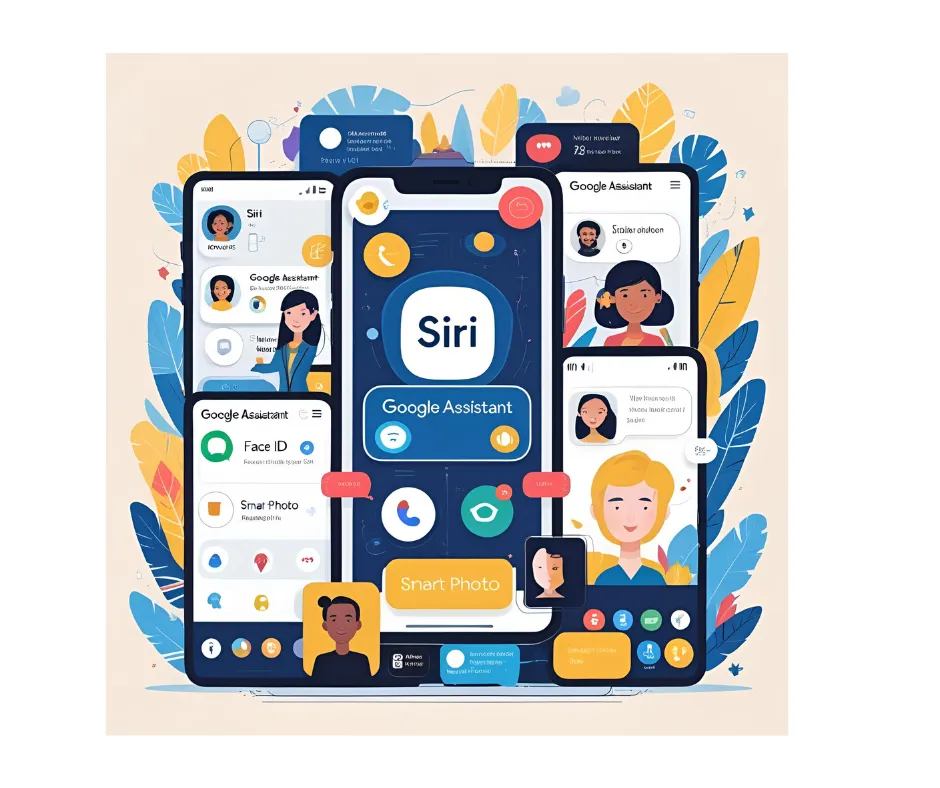
Will AI Replace Jobs?
Will AI Replace Jobs?
Introduction: The Fear of AI in the Workforce
The idea that artificial intelligence could replace human workers is one of today’s most heated discussions. But is this fear realistic? Although it may feel like a new invention, AI has been in development for decades. What is different now is the pace of progress and how accessible these tools have become to businesses and individuals alike.
In fact, AI is already part of everyday life. Most of us interact with it without noticing—whether by asking Siri or Alexa a question, scrolling through Netflix movie suggestions, or seeing online stores recommend products tailored to us. Behind the scenes, companies have long relied on AI for fraud monitoring, filtering spam, recognizing voices, and managing supply chains. Far from being futuristic, AI has already become embedded in how modern life and business function.

AI’s Economic Impact on Jobs and Growth
Across multiple industries, AI is proving to be a driver of efficiency and innovation. Customer service teams use chatbots to handle millions of inquiries, cutting wait times and lowering costs. In construction, predictive software helps improve scheduling and safety. Retailers lean on AI to personalize shopping, with reports suggesting that recommendations powered by algorithms account for a large portion of Amazon’s sales. Healthcare and wellness organizations are also adopting AI, using digital assistants and diagnostic systems that can detect conditions earlier and often more accurately than traditional methods.
Adaptation Over Fear
History shows that new technologies often cause anxiety before becoming essential. When calculators first appeared, some believed they would weaken math skills. Early computers were met with similar skepticism. Yet both tools eventually became everyday resources that made people more productive. AI follows that same pattern.
Using AI does not mean abandoning your career or creativity. Instead, it means combining uniquely human qualities—such as empathy, critical thinking, and imagination—with the speed and accuracy of intelligent systems. Those who embrace AI as a partner will be in the best position to innovate, lead, and create new opportunities.
Balancing Opportunity and Risk
Although the benefits of AI are significant, they come with responsibilities. Like any major innovation, AI can create risks if it is not managed carefully. Ignoring those risks does not make them disappear.
The 2024 Stanford AI Index shows just how fast adoption has grown. In 2017, only a small share of organizations reported using AI. Today, more than half do. Yet the same study reveals that responsible practices are lagging, with fewer than one percent of businesses putting full safeguards in place. This highlights a crucial point: adopting AI quickly matters, but adopting it responsibly matters just as much.
Final Thought: Driving Into the Future With AI
AI is similar to learning how to drive. A car allows you to reach your destination faster than walking, but it also requires skill and caution. Without training, it can be dangerous. The same is true for AI. It is a tool that demands knowledge, responsibility, and adaptability. Those unwilling to learn may fall behind, while those who take the time to understand and apply it effectively will move forward faster and discover opportunities others will miss.
